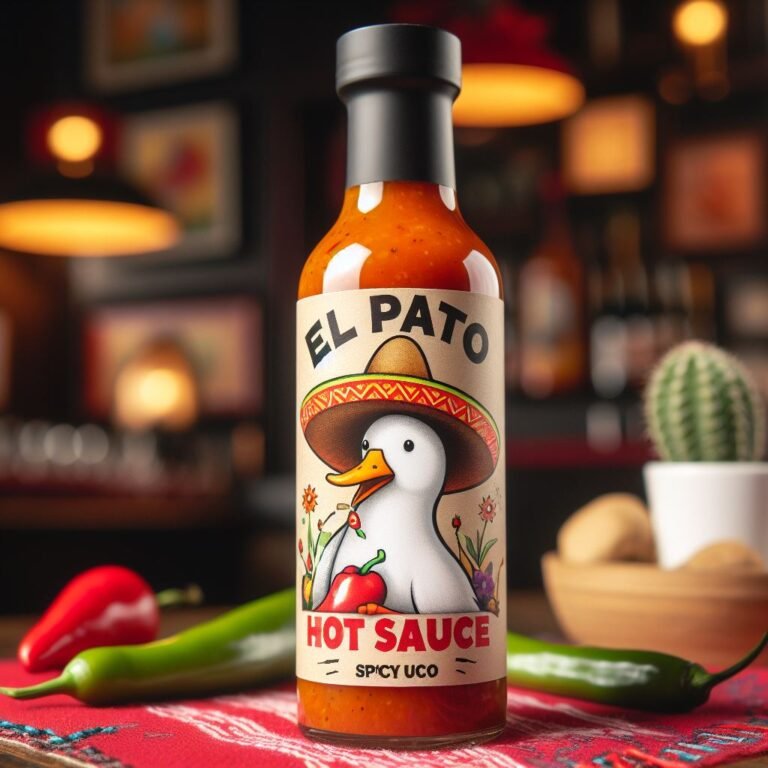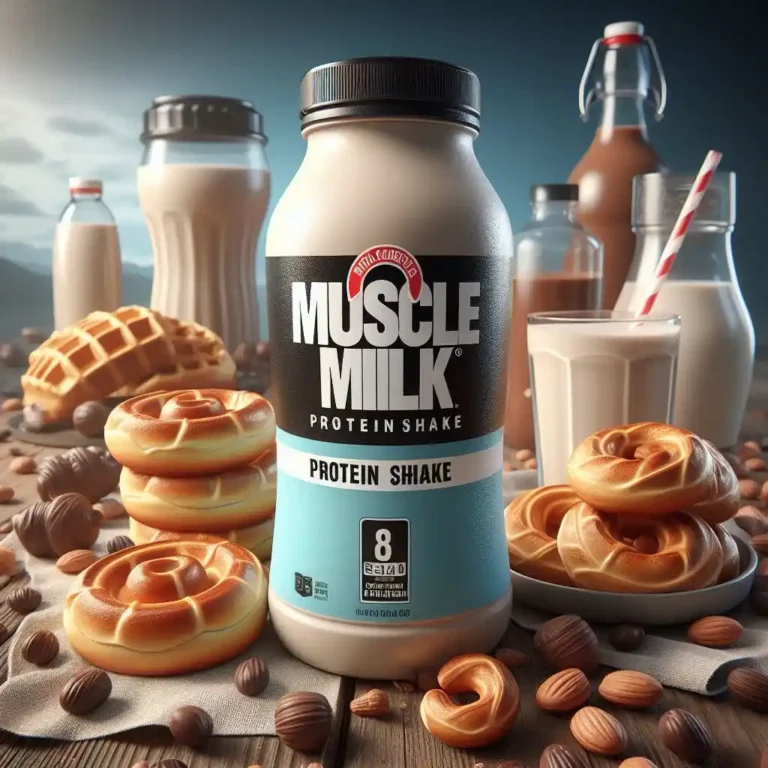How Long Can Coconut Milk Sit Out Before It Goes Bad?
Coconut milk is a staple ingredient in many kitchens, but have you ever wondered how long it can sit out at room temperature before it spoils?
Whether you’re a busy home cook or a professional chef, it’s essential to know the shelf life of coconut milk to ensure food safety and avoid wasting this valuable ingredient.
In this article, we’ll dive into the world of coconut milk storage and explore how long it can safely sit out before it’s no longer safe to consume.
How Long Can Coconut Milk Sit Out Before It’s Unsafe? Quick Guide

Coconut milk can be a breeding ground for bacteria, so it’s crucial to store it properly to prevent spoilage. Here’s a quick guide to help you determine how long coconut milk can sit out before it’s unsafe:
Room Temperature (68°F – 72°F / 20°C – 22°C)
- 2 hours: This is the maximum time coconut milk can sit out at room temperature before bacteria start to multiply rapidly. If you’ve left it out for 2 hours, it’s best to err on the side of caution and discard it.
Refrigeration (40°F / 4°C)
- 3 to 5 days: Coconut milk can be stored in the refrigerator for up to 5 days. Make sure to check for any signs of spoilage before consuming.
Freezer (-18°C / 0°F)
- 3 to 6 months: Coconut milk can be frozen for up to 6 months. When you’re ready to use it, simply thaw it in the refrigerator or at room temperature.
Signs of Spoilage
- Off smell or slimy texture
- Mold or yeast growth
- Sludge or sediment at the bottom of the container
- Sour or unpleasant taste
Remember: Always check the expiration date on the can or package, and follow proper storage guidelines to ensure the safety and quality of your coconut milk.
The Dangers of Spoiled Coconut Milk: Why Storage Matters
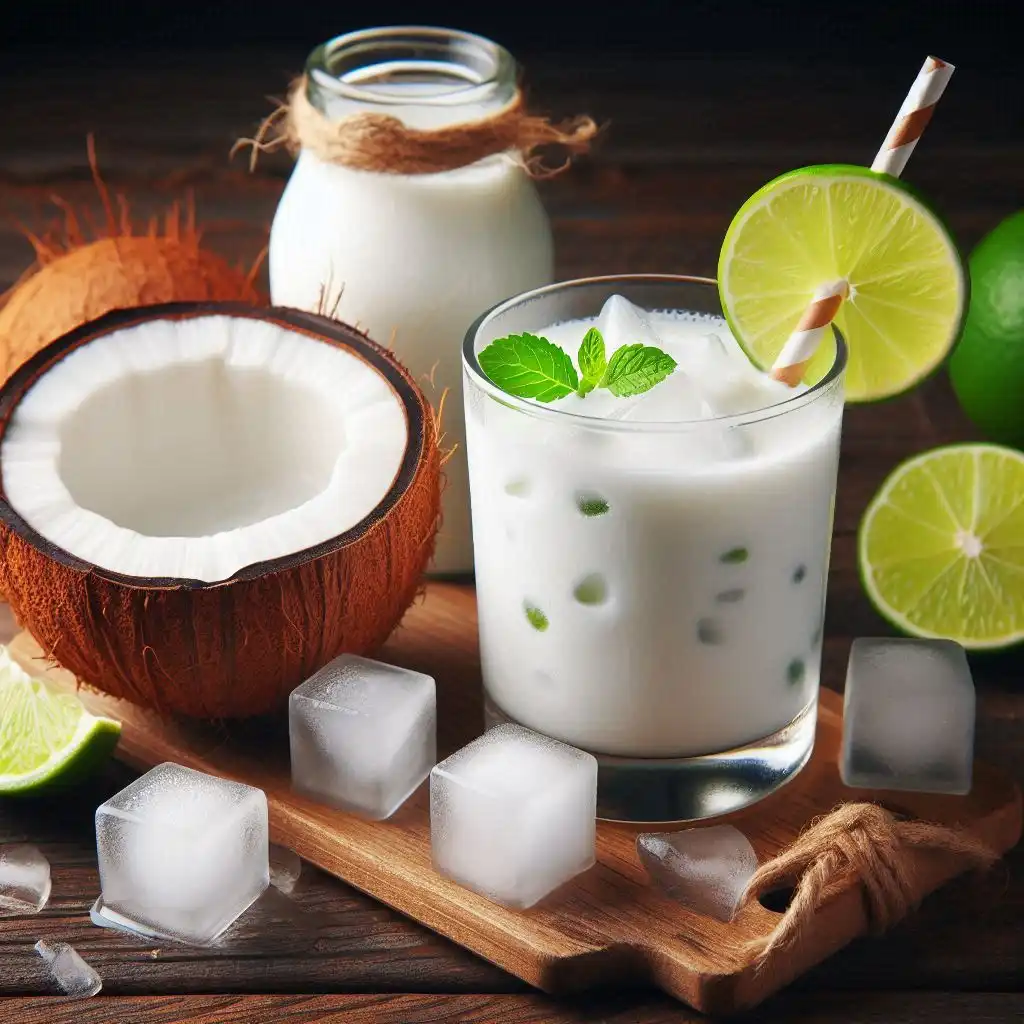
Spoiled coconut milk can be a breeding ground for harmful bacteria, including Salmonella, E. coli, and Listeria. These bacteria can cause a range of symptoms, from mild discomfort to life-threatening illnesses, especially in vulnerable populations such as the elderly, young children, and people with weakened immune systems.
Foodborne Illnesses
Consuming spoiled coconut milk can lead to foodborne illnesses, which can cause:
- Nausea and vomiting
- Diarrhea
- Abdominal cramps
- Fever
- Headaches
- Fatigue
In severe cases, foodborne illnesses can lead to:
- Dehydration
- Hospitalization
- Even death
Economic and Social Impacts
Spoiled coconut milk can also have significant economic and social impacts, including:
- Food waste: Spoiled coconut milk means wasted money and resources.
- Lost productivity: Foodborne illnesses can lead to missed workdays and lost productivity.
- Social gatherings: Spoiled coconut milk can ruin social gatherings and special occasions.
The Importance of Proper Storage
Proper storage is crucial to preventing the growth of harmful bacteria and extending the shelf life of coconut milk. By following proper storage guidelines, you can enjoy the nutritional benefits of coconut milk while minimizing the risk of foodborne illnesses.
Room Temperature Risks: How Long Can Coconut Milk Sit Out?
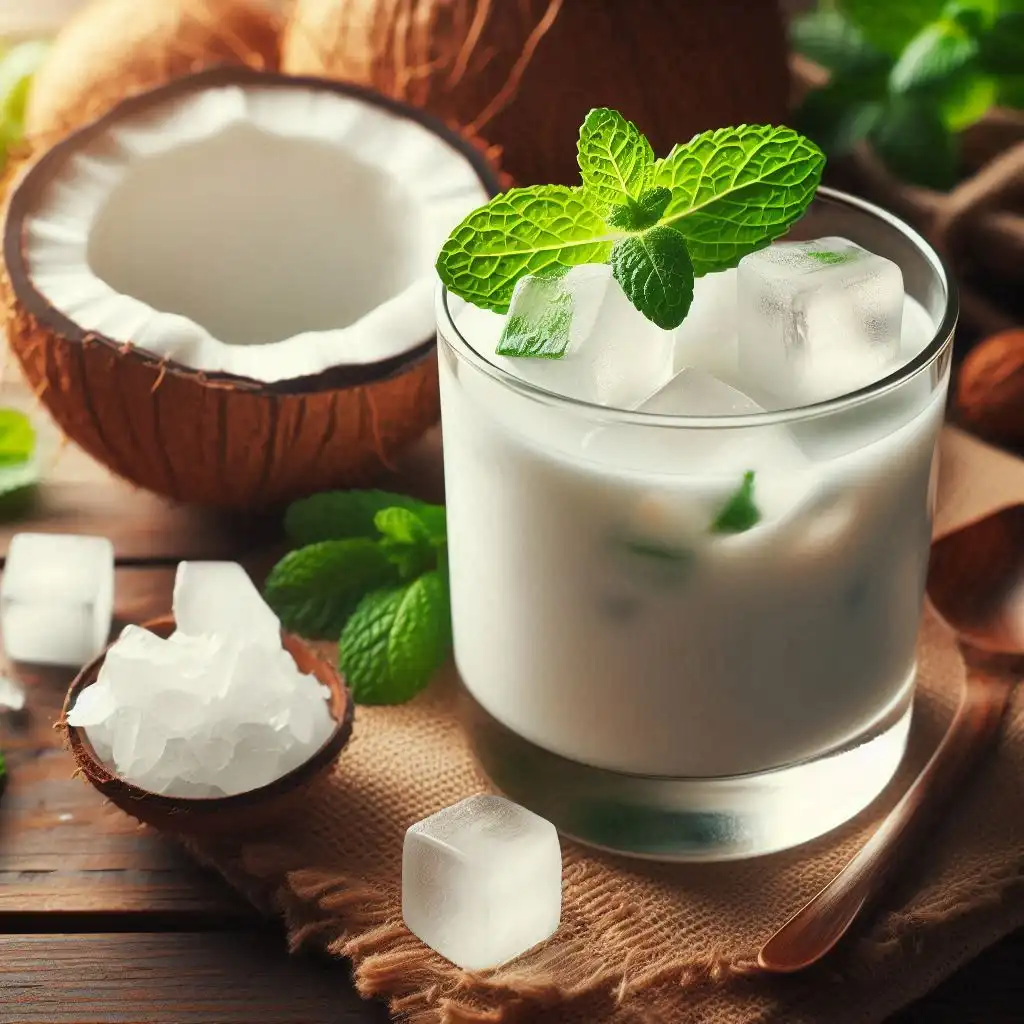
Leaving coconut milk at room temperature can be a recipe for disaster. Bacteria like Salmonella, E. coli, and Listeria thrive in temperatures between 40°F and 140°F (4°C and 60°C), which is why it’s essential to store coconut milk properly.
The 2-Hour Rule
Coconut milk can sit out at room temperature for a maximum of 2 hours. This is because bacteria can multiply rapidly in this timeframe, increasing the risk of foodborne illnesses.
What Happens After 2 Hours?
After 2 hours, the risk of bacterial growth increases exponentially. If you’ve left coconut milk out for:
- 2-4 hours: Bacteria start to multiply rapidly, increasing the risk of foodborne illnesses.
- 4-6 hours: Bacteria growth accelerates, making it even more likely that the coconut milk has spoiled.
- 6+ hours: The risk of foodborne illnesses is extremely high, and it’s best to discard the coconut milk.
Why Room Temperature is a Breeding Ground for Bacteria
Room temperature provides an ideal environment for bacteria to grow, thanks to:
- Moisture: Coconut milk is a nutrient-rich environment that bacteria love.
- Temperature: Room temperature is within the ideal range for bacterial growth.
- Time: The longer coconut milk sits out, the more time bacteria have to multiply.
Refrigeration Rules: How to Store Coconut Milk in the Fridge

Refrigeration is a great way to extend the shelf life of coconut milk. However, it’s essential to follow proper storage guidelines to prevent spoilage and maintain food safety.
The 3-5 Day Rule
Coconut milk can be stored in the refrigerator for 3 to 5 days. This timeframe allows you to enjoy your coconut milk while minimizing the risk of spoilage.
Storage Tips
To ensure the longest shelf life, follow these storage tips:
- Tightly seal the container: Prevent contamination and spoilage by tightly sealing the container.
- Store in the coldest part of the fridge: Keep the coconut milk away from warm areas, such as the door, and store it in the coldest part of the fridge.
- Keep it away from strong-smelling foods: Coconut milk can absorb odors from nearby foods, so store it away from strong-smelling foods like onions and fish.
- Check for spoilage daily: Regularly inspect the coconut milk for signs of spoilage, such as off smells, slimy texture, or mold growth.
Refrigeration Best Practices
To maintain the quality and safety of your coconut milk, follow these best practices:
- Use a clean and sanitized container: Prevent cross-contamination by using a clean and sanitized container.
- Label and date the container: Keep track of how long the coconut milk has been stored by labeling and dating the container.
- Store in the original packaging: If possible, store the coconut milk in its original packaging to prevent contamination and spoilage.
When to Discard
If you notice any of the following signs of spoilage, it’s time to discard the coconut milk:
- Off smell or slimy texture
- Mold or yeast growth
- Sludge or sediment at the bottom of the container
- Sour or unpleasant taste
Freezing Coconut Milk: The Ultimate Storage Solution

Freezing is an excellent way to store coconut milk, especially if you don’t plan to use it immediately. Freezing coconut milk can help preserve its nutritional value, texture, and flavor for a longer period.
Benefits of Freezing Coconut Milk
Freezing coconut milk offers several benefits, including:
- Longer shelf life: Frozen coconut milk can be stored for up to 6 months, making it an excellent option for meal prep or bulk purchases.
- Preserves nutrients: Freezing helps preserve the nutrients and antioxidants in coconut milk, ensuring you get the most nutritional value.
- Convenient: Frozen coconut milk is easy to thaw and use in recipes, making it a convenient option for busy households.
How to Freeze Coconut Milk
Freezing coconut milk is a straightforward process:
- Portion and package: Divide the coconut milk into airtight, freezer-safe containers or freezer bags, making sure to remove as much air as possible.
- Label and date: Label the containers or bags with the date and contents, ensuring you can easily identify them later.
- Store in the freezer: Place the containers or bags in the freezer, making sure they’re not exposed to direct sunlight or heat sources.
Thawing Frozen Coconut Milk
When you’re ready to use frozen coconut milk, follow these thawing tips:
- Refrigerator thawing: Place the frozen coconut milk in the refrigerator overnight to thaw slowly.
- Cold water thawing: Submerge the frozen coconut milk in cold water, changing the water every 30 minutes until thawed.
- Microwave thawing: Defrost the coconut milk in short intervals, stirring every 10-15 seconds until thawed.
Tips and Precautions
When freezing coconut milk, keep the following tips and precautions in mind:
- Freezer burn: Avoid freezer burn by storing the coconut milk in airtight containers or bags and keeping them away from direct sunlight.
- Texture changes: Frozen coconut milk may have a slightly thicker texture when thawed, but it’s still safe to consume.
- Use within 6 months: For optimal quality and safety, use frozen coconut milk within 6 months of freezing.
Signs of Spoilage: How to Tell If Coconut Milk Has Gone Bad
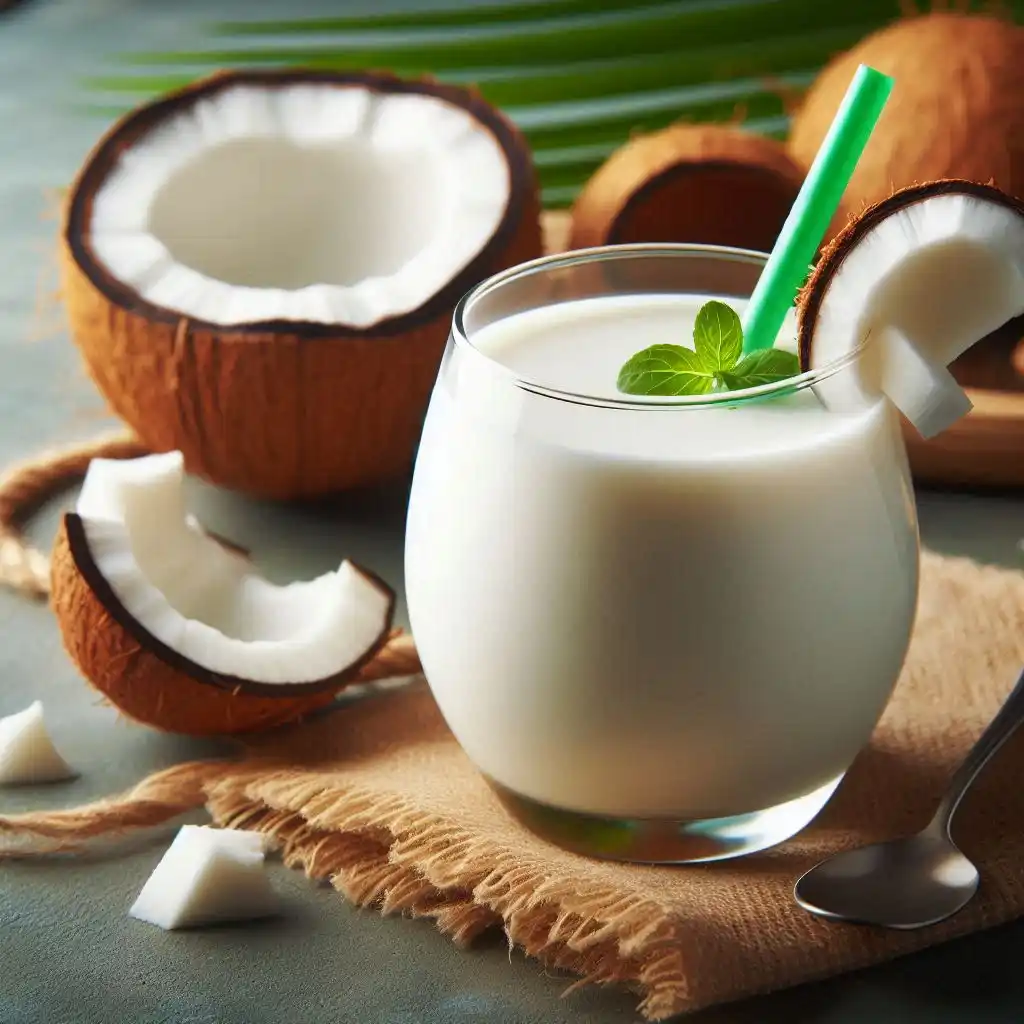
Coconut milk can spoil if not stored properly, leading to an unpleasant taste, texture, and even foodborne illnesses. It’s essential to recognize the signs of spoilage to ensure you consume safe and healthy coconut milk.
Visual Signs of Spoilage
Check for these visual signs of spoilage:
- Mold or yeast growth: Look for white, green, or black mold or yeast growth on the surface of the coconut milk or around the lid.
- Sludge or sediment: Check for a thick, slimy, or grainy texture at the bottom of the container.
- Off-color or cloudiness: If the coconut milk has turned pink, yellow, or cloudy, it may have gone bad.
Smell and Taste
Trust your senses:
- Off smell: If the coconut milk smells sour, bitter, or unpleasantly sweet, it’s likely spoiled.
- Unpleasant taste: If the coconut milk tastes sour, bitter, or unpleasantly sweet, it’s best to discard it.
Texture and Consistency
Check the texture and consistency:
- Slimy or thick texture: If the coconut milk has become slimy or thick, it’s likely spoiled.
- Separation or curdling: If the coconut milk has separated or curdled, it’s best to discard it.
Other Signs of Spoilage
Be aware of these additional signs of spoilage:
- Expiration date: Check the expiration date on the packaging. If it’s past the expiration date, it’s best to err on the side of caution and discard the coconut milk.
- Storage conditions: If the coconut milk has been stored at room temperature for too long or has been exposed to heat, light, or moisture, it may have spoiled.
What to Do If You Suspect Spoilage
If you suspect that your coconut milk has gone bad, it’s best to:
- Discard the coconut milk: Don’t risk foodborne illnesses; discard the coconut milk immediately.
- Check your storage: Review your storage methods to ensure you’re storing coconut milk properly to prevent future spoilage.
The Importance of Expiration Dates: What You Need to Know
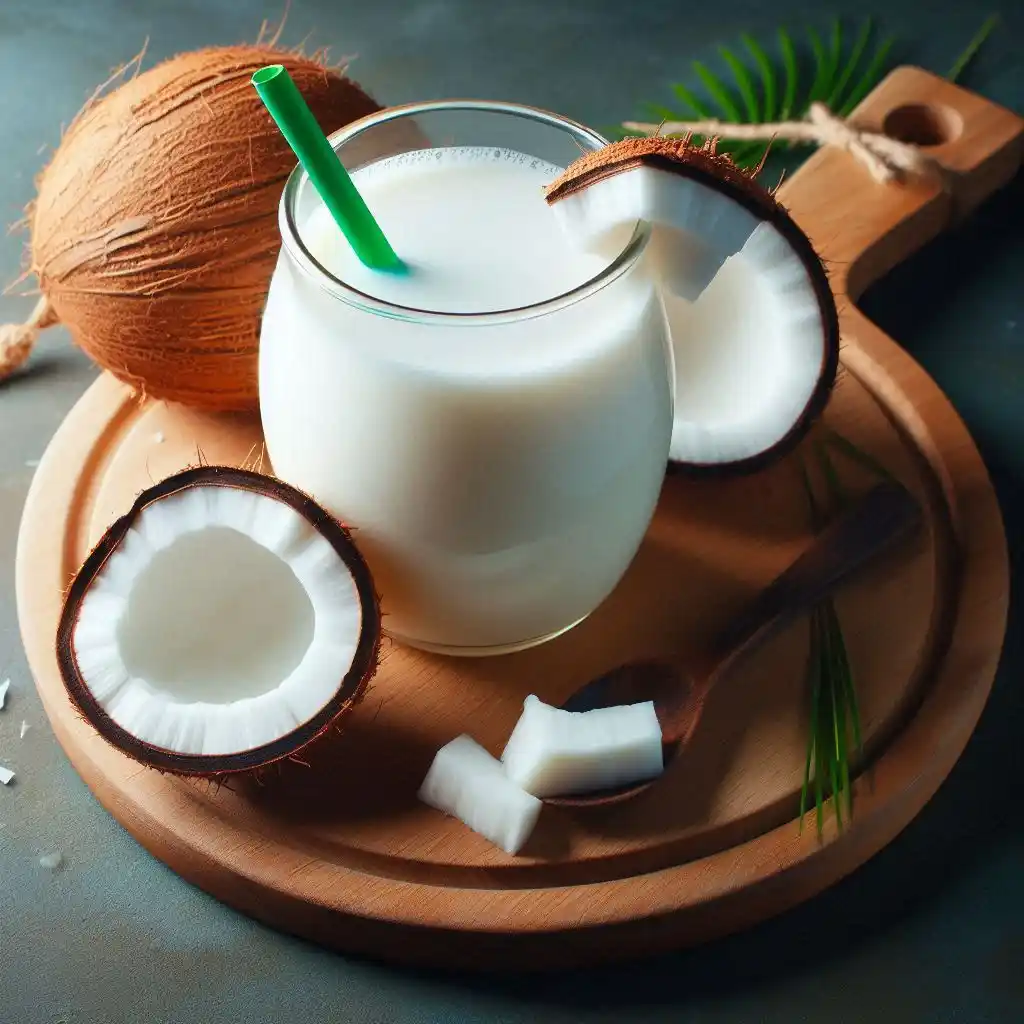
Expiration dates are a crucial aspect of food safety, and coconut milk is no exception. Understanding expiration dates can help you ensure the quality and safety of your coconut milk.
What Do Expiration Dates Mean?
Expiration dates, also known as “Best By” or “Best If Used By” dates, indicate the last day the manufacturer guarantees the product’s quality, flavor, and texture. It’s not a safety deadline, but rather a guideline for optimal quality.
Types of Expiration Dates
There are several types of expiration dates you might find on coconut milk:
- “Best By” or “Best If Used By”: Indicates the last day the product is at its peak quality and flavor.
- “Use By”: Indicates the last day the product is safe to consume.
- “Sell By”: Indicates the last day the product should be sold, but it may still be safe to consume after this date.
Why Expiration Dates Matter
Expiration dates are crucial for several reasons:
- Food Safety: Consuming expired coconut milk can lead to foodborne illnesses, as bacteria can multiply rapidly in spoiled products.
- Quality and Flavor: Expired coconut milk may have an off flavor, texture, or aroma, affecting the overall quality of your recipes.
- Nutrient Retention: Coconut milk’s nutritional value may degrade over time, making it less effective for your health and wellness goals.
How to Check Expiration Dates
When checking expiration dates, make sure to:
- Check the packaging: Look for the expiration date on the packaging, usually on the bottom or side of the can or carton.
- Understand the date format: Expiration dates may be in a “Month/Day/Year” or “Day/Month/Year” format.
- Store properly: Ensure you’re storing your coconut milk properly to maintain its quality and extend its shelf life.
Storage Mistakes to Avoid: Common Errors That Can Spoil Coconut Milk

Proper storage is crucial to maintaining the quality and safety of coconut milk. However, many people make common mistakes that can spoil coconut milk, leading to an unpleasant taste, texture, and even foodborne illnesses. Avoid these common storage mistakes to ensure your coconut milk stays fresh and safe:
Mistake #1: Storing at Room Temperature
- Error: Leaving coconut milk at room temperature for extended periods.
- Consequence: Bacterial growth, spoilage, and potential foodborne illnesses.
Mistake #2: Inadequate Refrigeration
- Error: Storing coconut milk in the refrigerator at a temperature above 40°F (4°C).
- Consequence: Slowed bacterial growth, but still risking spoilage and foodborne illnesses.
Mistake #3: Contaminated Containers
- Error: Using contaminated or dirty containers to store coconut milk.
- Consequence: Cross-contamination, spoilage, and potential foodborne illnesses.
Mistake #4: Inadequate Sealing
- Error: Failing to seal containers or bags properly, allowing air to enter and spoil the coconut milk.
- Consequence: Oxidation, spoilage, and potential foodborne illnesses.
Mistake #5: Ignoring Expiration Dates
- Error: Ignoring expiration dates or “Best By” dates on coconut milk packaging.
- Consequence: Consuming spoiled or low-quality coconut milk, risking foodborne illnesses.
Mistake #6: Storing in Direct Sunlight
- Error: Storing coconut milk in direct sunlight, which can cause spoilage and degradation.
- Consequence: Spoilage, oxidation, and potential foodborne illnesses.
Best Practices for Storing Coconut Milk: Tips and Tricks for a Longer Shelf Life
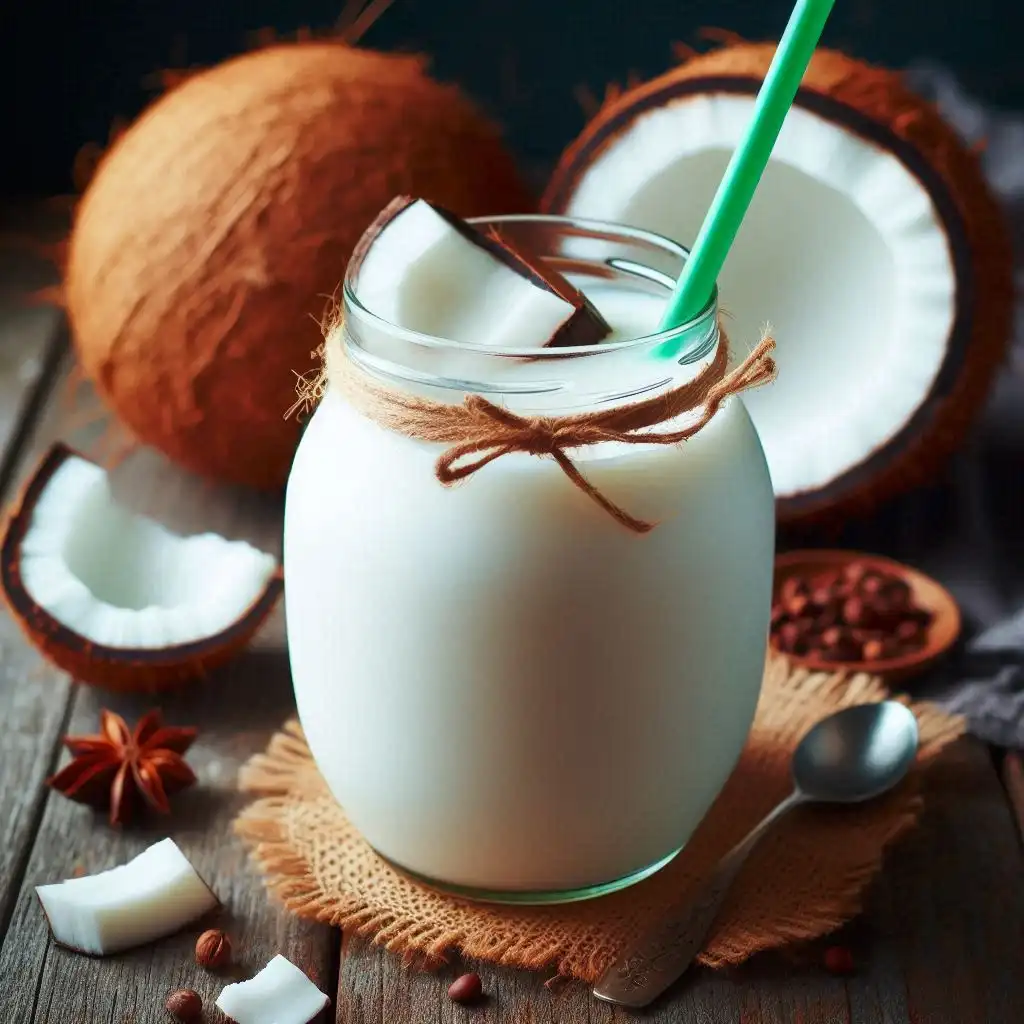
Proper storage is crucial to maintaining the quality and safety of coconut milk. By following these best practices, you can extend the shelf life of your coconut milk and ensure it remains fresh and nutritious.
Tip #1: Store in Airtight Containers
- Use airtight containers or glass jars with tight-fitting lids to prevent air from entering and spoiling the coconut milk.
Tip #2: Keep it Cool and Dry
- Store coconut milk in a cool, dry place, such as a pantry or cupboard, away from direct sunlight and heat sources.
Tip #3: Refrigerate Properly
- Refrigerate coconut milk at a temperature of 40°F (4°C) or below to slow down bacterial growth and spoilage.
Tip #4: Freeze for Longer Storage
- Freeze coconut milk to extend its shelf life up to 6 months. Simply thaw frozen coconut milk in the refrigerator or at room temperature when needed.
Tip #5: Label and Date Containers
- Label containers with the date and contents to ensure you use the oldest coconut milk first and prevent expired or spoiled milk from being consumed.
Tip #6: Use Clean and Sanitized Equipment
- Use clean and sanitized equipment when handling coconut milk to prevent cross-contamination and spoilage.
Tip #7: Avoid Cross-Contamination
- Prevent cross-contamination by storing coconut milk away from strong-smelling foods and cleaning up spills immediately.
Tip #8: Check Expiration Dates
- Regularly check expiration dates and “Best By” dates on coconut milk packaging to ensure you’re consuming fresh and safe milk.
FAQs
Q: How long can I store coconut milk at room temperature?
A: Coconut milk should not be stored at room temperature for more than 2 hours. It’s best to store it in the refrigerator or freezer to prevent spoilage and maintain its quality.
Q: Can I freeze coconut milk?
A: Yes, coconut milk can be frozen to extend its shelf life. Simply thaw frozen coconut milk in the refrigerator or at room temperature when needed.
Q: How do I know if coconut milk has gone bad?
A: Check for signs of spoilage such as off smell, slimy texture, or mold growth. If you notice any of these signs, it’s best to discard the coconut milk.
Q: Can I use coconut milk after the expiration date?
A: It’s not recommended to use coconut milk after the expiration date. Expired coconut milk may have an off taste, texture, or aroma, and may even be spoiled.
Q: Can I store coconut milk in a glass jar?
A: Yes, coconut milk can be stored in a glass jar with a tight-fitting lid. Make sure to clean and sanitize the jar before storing the coconut milk.
Q: Can I store coconut milk in a plastic container?
A: Yes, coconut milk can be stored in a plastic container with a tight-fitting lid. Make sure to clean and sanitize the container before storing the coconut milk.
Q: Can I store coconut milk in a metal container?
A: No, it’s not recommended to store coconut milk in a metal container as it may react with the metal and contaminate the milk.
Q: Can I use coconut milk after it has been opened?
A: Yes, coconut milk can be used after it has been opened, but make sure to store it in an airtight container and refrigerate it at a temperature of 40°F (4°C) or below.
Q: Can I use coconut milk in cooking and baking?
A: Yes, coconut milk can be used in cooking and baking. It’s a versatile ingredient that can be used in a variety of dishes, from savory meals to sweet treats.
Q: Can I make my own coconut milk?
A: Yes, you can make your own coconut milk by grating a fresh coconut and soaking it in water. You can then squeeze the coconut meat to extract the milk.

DK Jacks is a passionate food enthusiast, recipe developer, and culinary explorer. With a love for both traditional and innovative flavors, DK brings a fresh perspective to the kitchen. When not experimenting with new ingredients, you’ll find DK capturing food moments through the lens or sharing cooking tips with fellow foodies.🍽️📸✨


